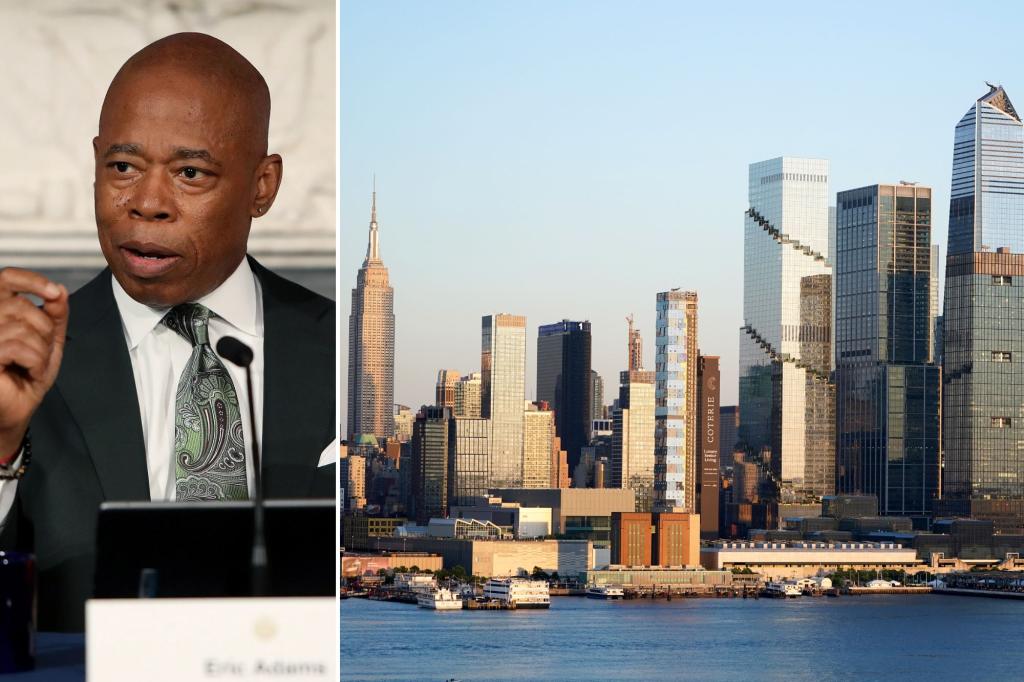New York City is facing a housing and office crisis that requires 473,000 new apartments by 2032. However, only 11,000 new apartments were built last year compared to 45,000 in 2022. As a result, office vacancies are at a record 20%, mostly in older, undesirable buildings. One proposed solution is to convert these obsolete office buildings into residential units, following Chicago’s plan to offer generous subsidies to landlords to convert vacant downtown buildings.
Although there are several ongoing residential conversion projects in New York that cost over half a billion dollars, the biggest obstacle remains to be archaic zoning rules. These rules severely limit the eligibility of buildings for conversion based on their construction dates. However, new proposals aim to loosen these rules, allowing for the conversion of buildings constructed after 1961 or 1971 in certain parts of Manhattan. The changes would also expand the areas where conversions are allowed to nearly 90% of the five boroughs.
The city is currently reviewing these proposed changes, with the Council expected to vote on them by the end of the year. Urban planners believe that sweeping changes are necessary to encourage large-scale transformations of office buildings into apartments. The state has recently taken steps to relieve the strain on the office market and housing scarcity by offering landlords a 90% tax exemption to convert failing office towers to rental apartments, with 25% of the units required to be affordable.
The proposed changes could potentially lead to the creation of 20-40 million square feet of new apartments. City Planning Commissioner Daniel Garodnick estimates that the rezoning proposals would free up 136 million square feet of office space for conversion to homes. It’s a city-wide effort aimed at revitalizing struggling office spaces in all five boroughs. However, the success of the plan ultimately falls on Mayor Eric Adams’s ability to persuade the City Council to approve the changes.
Adams faces opposition from both progressive members who worry about the impact on jobs, as well as NIMBY-minded Council members who resist any neighborhood changes. Changing conversion rules may seem like a straightforward solution that requires no taxpayer funds, demolitions, or tenant evictions. However, navigating the politics and interests of various stakeholders poses a significant challenge to Adams. This moment could define his leadership as he aims to fulfill his promises of making New York City a “City of Yes” and addressing critical housing and office issues.


